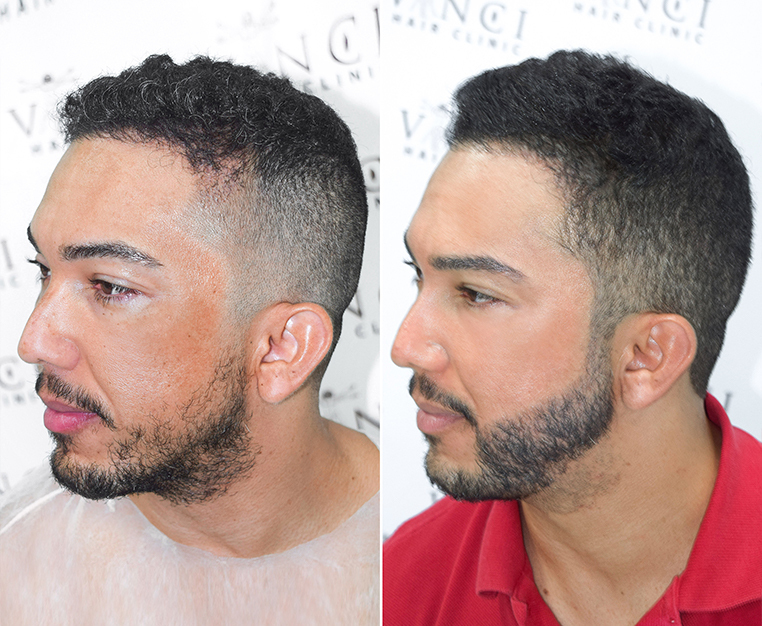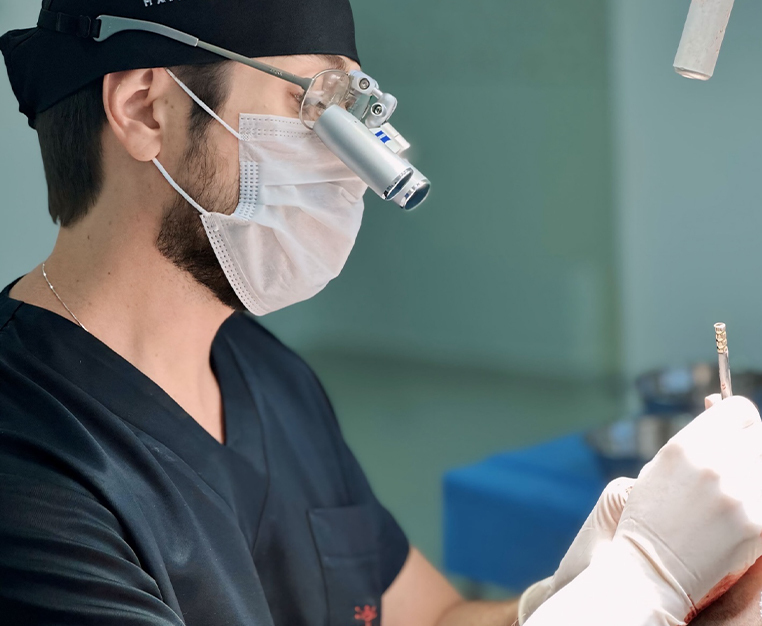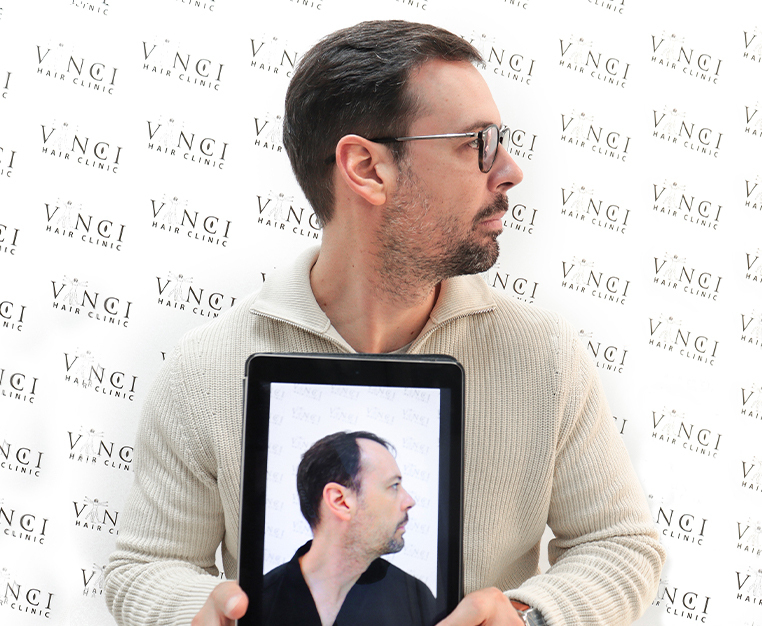There are three things every man experiencing hair loss needs to know. The first is that you’re not on your own; millions of men around the world are in the same boat. The second thing is that you need to get the advice of a hair expert; hair loss is treated most effectively if it’s diagnosed early so don’t delay. Third, hair loss treatment isn’t all about hair transplants; you may not need a transplant, or you may not be a suitable candidate for one, but either way, there are other effective treatments for your condition.
This article is about one of those treatments. If you haven’t heard about Finasteride before, keep scrolling. This might just be the solution to your hair loss problem!
What is Finasteride?
Finasteride is commonly used to treat men with an enlarged prostate and was first used in this context in 1992. Five years later, it received approval for the treatment of male pattern hair loss, although the dosage used to treat hair loss is much lower than that used for prostate problems. Finasteride works by preventing the conversion of testosterone to dihydrotestosterone (DHT), one of the main causes of hair loss in men. Excessive DHT in the system causes hair follicles to shrink and fall out.
Finasteride is often used by clinicians as the first non-surgical option for treating hair loss. Clinical trials have shown that it can stop hair loss and stimulate regrowth in almost 90% of male pattern baldness cases. Many taking it go on to experience hair regrowth. The drug can also be used in combination with other treatments. It can be used to stabilise existing hair in men having hair transplants, for example.
Finasteride works best in the early stages of hair loss. At more advanced stages, the damage has been done in terms of hair already lost, while the number of viable hair follicles available to produce new hair is likely to be greatly reduced.
Administration
Finasteride can be taken in both oral and topical forms. Recently, the topical form of Finasteride appears to be gaining in popularity. It certainly seems to have some advantages over the oral version. It comes in liquid form and is applied directly to the scalp using a no-mess spray. This makes it a more appealing treatment to those who don’t like the idea of taking medication.
The relative newness of the topical form means there is very little data on its efficacy, making it difficult to compare with oral Finasteride which has been around for decades. However, the results that are available make for positive reading.
Research
A systematic review of studies into topical Finasteride was published by researchers from the University of California in 2018. The review found that all the studies on the use of topical Finasteride showed a significant decrease in hair loss coupled with positive hair growth assessment. The researchers described the results as ‘promising’ but called for more work into ‘drug-delivery, ideal topical concentration and application frequency, side effects and use for other alopecias.’
Perhaps the most interesting finding was that topical Finasteride appears to be a treatment with fewer side effects than the oral form. In particular, the researchers noted that the studies reviewed demonstrated that topical Finasteride might be safer for women to use; pregnant women and women able to get pregnant have always been warned not to use oral Finasteride because of its hormonal suppression side effects. It has also been deemed unsafe for children and adolescents.
It could be, therefore, that topical Finasteride will have wider use in the future, including as a treatment for female pattern baldness. For now, however, women, children and adolescents should continue to avoid using oral or topical Finasteride.
Finasteride with Minoxidil?
Some Finasteride products are being mixed with other products, most notably Minoxidil. Minoxidil is a successful drug in its own right and has proven itself as an effective treatment for different hair disorders. It works by dilating the blood vessels, allowing vital nutrients to be delivered to the hair follicles. It also enhances the effectiveness of Finasteride by affording it better access to the hair follicles.
Final Thoughts
Finasteride may be an appropriate treatment for your hair loss, but you won’t know until you’ve spoken to a hair specialist. Don’t put off this conversation. As we pointed out at the top of this article, hair loss is treated best when it’s tackled early, so don’t delay.
Vinci Hair Clinic is here to help. We are one of the world’s leading hair restoration organisations, with a network of clinics spanning many countries. We offer all our new customers a free, no-obligation consultation with one of our hair experts. This can happen in person or by using photographs over the phone. Get in touch today and book your appointment!





